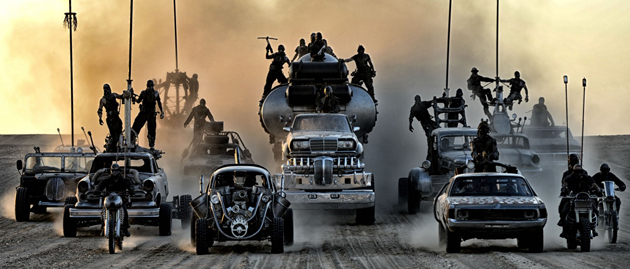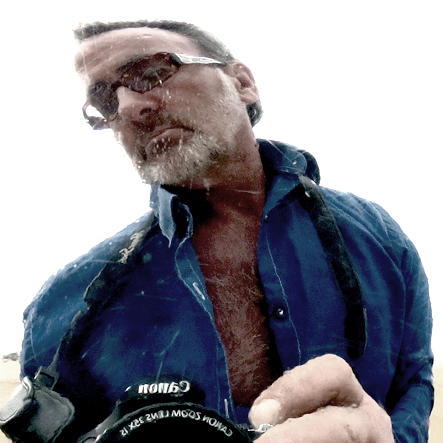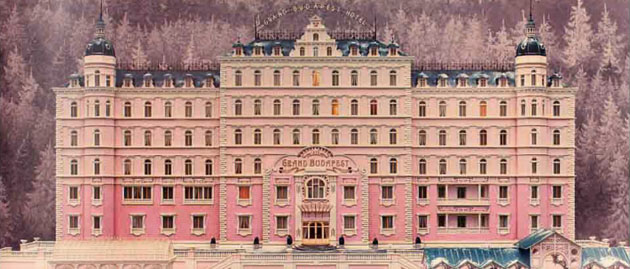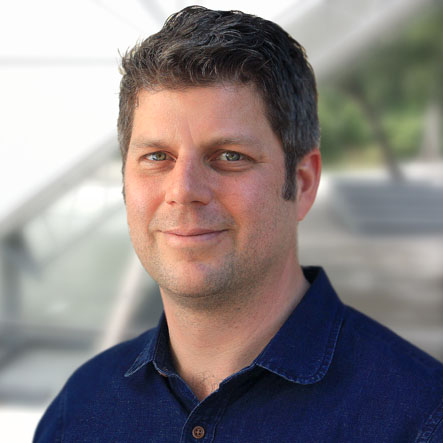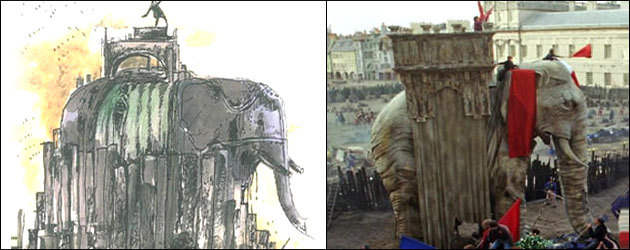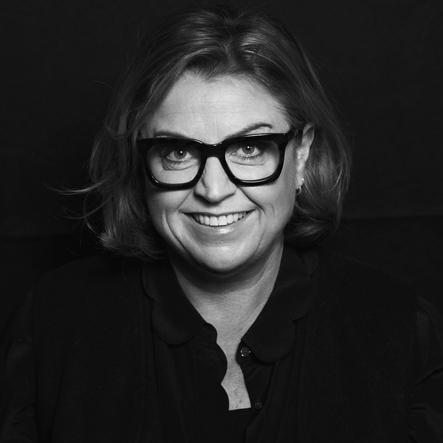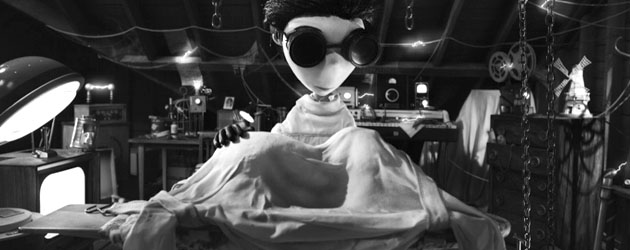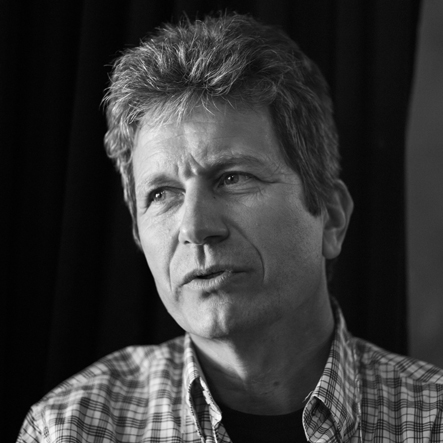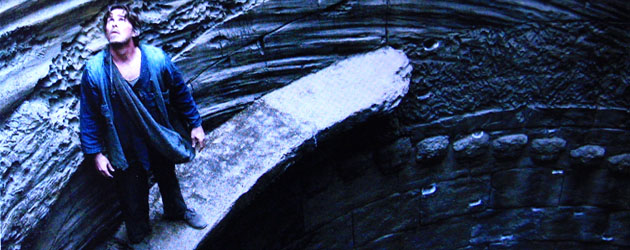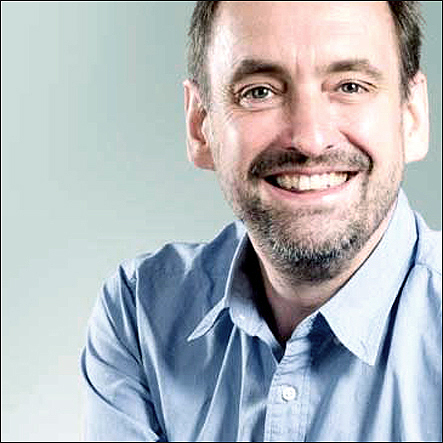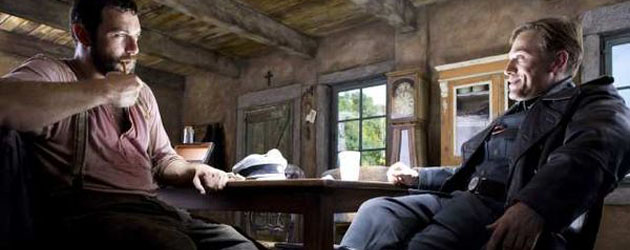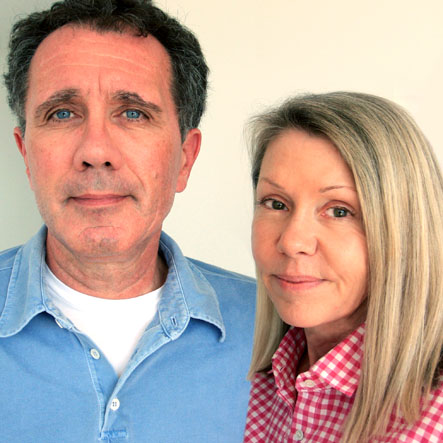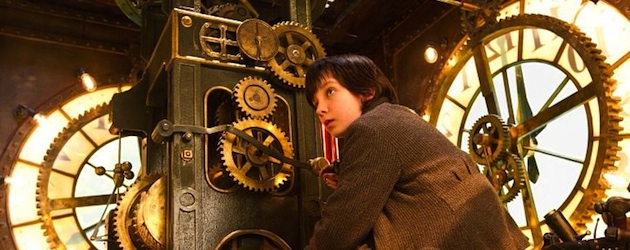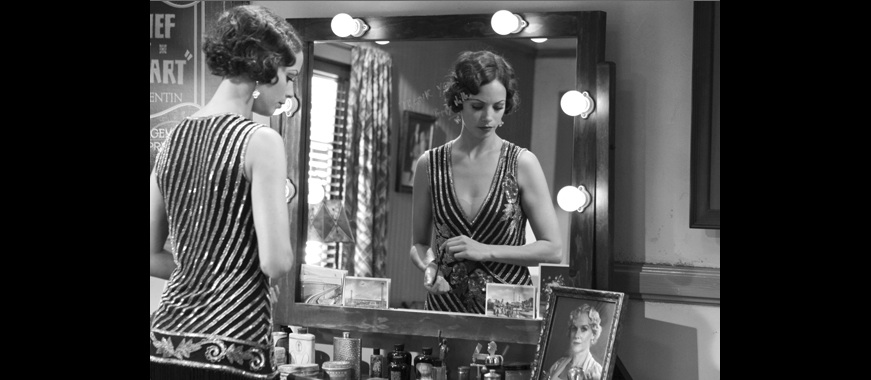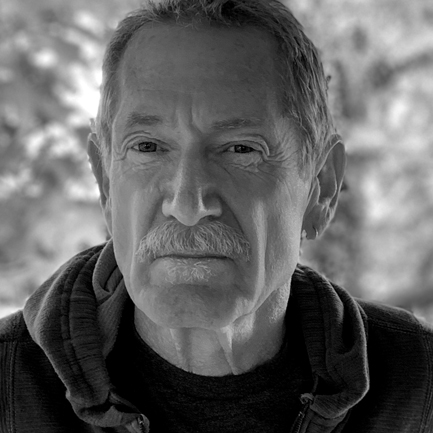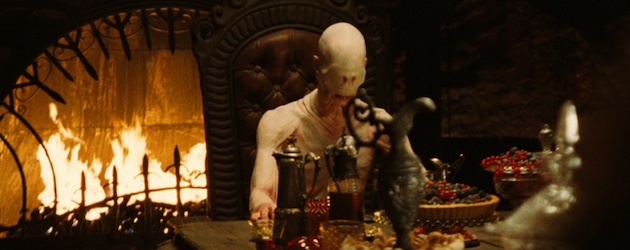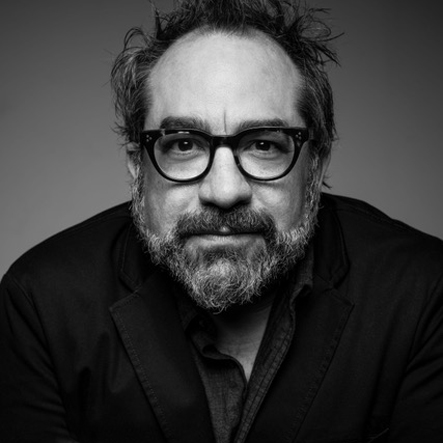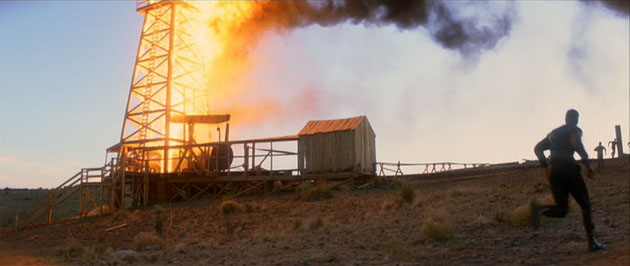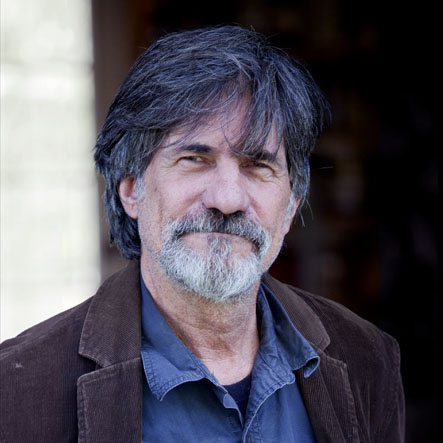When we spoke, Dante Ferretti had just won his third Oscar for director Martin Scorsese’s Hugo after winning two, one for Tim Burton’s Sweeney Todd and one for another Scorsese film, The Aviator. To date he’s designed ten movies with Scorsese and almost as many with the legendary Federico Fellini. He created the look for The Adventures of Baron Munchausen with Terry Gilliam and numerous movies with genius Italian director Pier Paolo Pasolini. He even did two movies at the same time when he worked on Bringing Out the Dead and Titus! At the time of the interview he was in Vancouver designing The Seventh Son for Russian director Sergey Bodrov. I was honored to speak with this legend, learning how Fellini taught him to lie and the importance of believing a film…
AS: At one of the Hugo screenings, the actor Ben Kingsley said his performance was nourished by the set, that he was fed by the set. He said the train station set even smelled like Paris. The coffee, the flowers.
DF: He must have mentioned the smell because he was surrounded by real coffee, real flowers, and many, many other real things. We did everything from scratch. This is all the set decorator Francesca Lo Schiavo -she did a fantastic job. Everything was shot on stage at Shepperton Studios in London.
AS: How much was in post and how much did you build?
DF: Actually we built everything. Everything is real scale but we had to do many extensions. Also, in the very beginning they added the first shot when we see Paris. But after we go inside the train station and pass through the big smoke cloud everything was real. It’s all real size. We built one floor at almost forty feet high and then we designed all the extensions with Rob Legato, the visual effects supervisor.
AS: Did you do a lot of pre-vis? Kim Sinclair, who worked on Avatar, described how they would have to build to the pre-vis specs that James Cameron had been working with and how that process made it harder. They would have to make a door 3 feet high if it was 3 feet high in the pre-vis.
DF: Yes, we did a lot of pre-vis but the pre-vis based their work on our drawings. I designed the entire movie first and we did all the models for every set and then the previsualization team based their work on our models. Previsualisation is a sequel to design, not a prequel.
AS: Do you ever stay after principal photography is finished to work with the VFX team?
DF: No, we do everything during the movie. Then later they send me some of the pictures of what it looks like to ask me if it’s okay. Marty always wants to ask me, Is everything correct? Because we did so many movies together. Also Rob Legato -I met Rob Legato when we did Interview with a Vampire many years ago. And then we did The Aviator and then Shutter Island and many other movies. We know each other very well and we know what we have to do.
